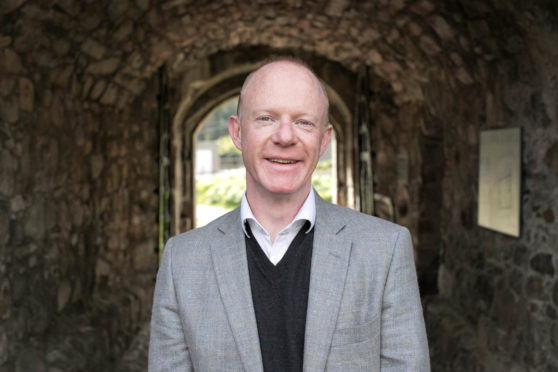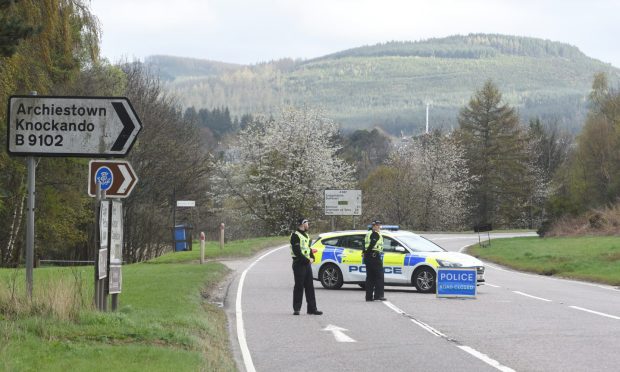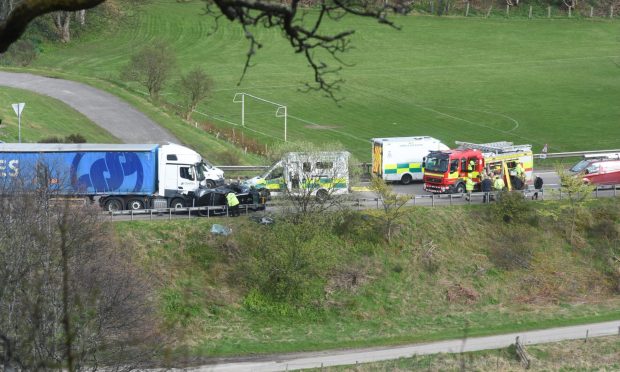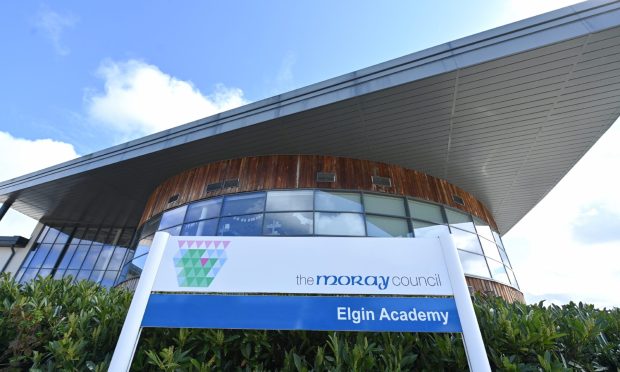Tourism bosses in Moray hope that aspects of the region previously perceived as weaknesses could give it a strategic advantage as the industry recovers.
The lack of a major hotel operator in the area has long been highlighted as an issue with pressure on available overnight rooms and a reliance on self-catering accommodation.
Concerns have been raised that Moray could be one of the worst-hit parts of Scotland in the aftermath of the coronavirus pandemic due to its reliance on the industry.
However, with social distancing guidelines expected to continue for several months it is hoped that visitors wary about Covid-19 will instead turn to providers with fewer interactions with staff and other tourists.
Laurie Piper, chief executive of Visit Moray Speyside, said: “We have a huge number of self-catering properties of all shapes and sizes.
“Historically the lack of a major hotel operator has been seen as a disadvantage. Now the self-catering operators are ideally placed to provide a socially distanced break in our amazing scenery.
“Traditionally we have been seen as a short-break destination so the industry has not been based on bus tours.
“Although we have always encouraged them, the industry has not been fundamentally based upon them – so there will be aspects that have been weaknesses in the past that will now be to our advantage.
“Moray Speyside is known for its warm welcome. It’s understandable some are genuinely concerned about the impact of tourists returning here.
“But if we give as much assurance and certainty about the safety for visitors, businesses and communities then there are bright spots here for the industry to recover here in a measured way.”
During the Covid-19 lockdown record figures for the industry have been posted for 2019 with the economic impact reaching £134.2million, an increase of 67% over the past 10 years.
Meanwhile, the equivalent of 2,911 jobs are now supported by the sector, an increase of 240 over the same period.
Mr Piper described the timing of the launch of the new Visit Moray Speyside tourism business improvement district (TBid) during the crisis as “unfortunate” – but stressed there have been advantages too.
He said: “It’s allowed us the opportunity to support businesses in a very focussed way and has given the region a voice in national conversations.
“If the TBid hadn’t been here then the region would have been ignored – we’ve not been delivering what we anticipated but ultimately I think our original goals will still be there once we help businesses through the next six months to a year.”
Sarah Medcraf, chief executive of Moray Chamber of Commerce, said: “The timing of the newly formed Visit Moray Speyside is actually incredibly fortunate.
“The businesses had the confidence to support the industry pre-Covid so we know importance of the sector.
“Having an organisation that can champion, collaborate and be a voice for all sizes of tourism business will help the recovery of the region”










